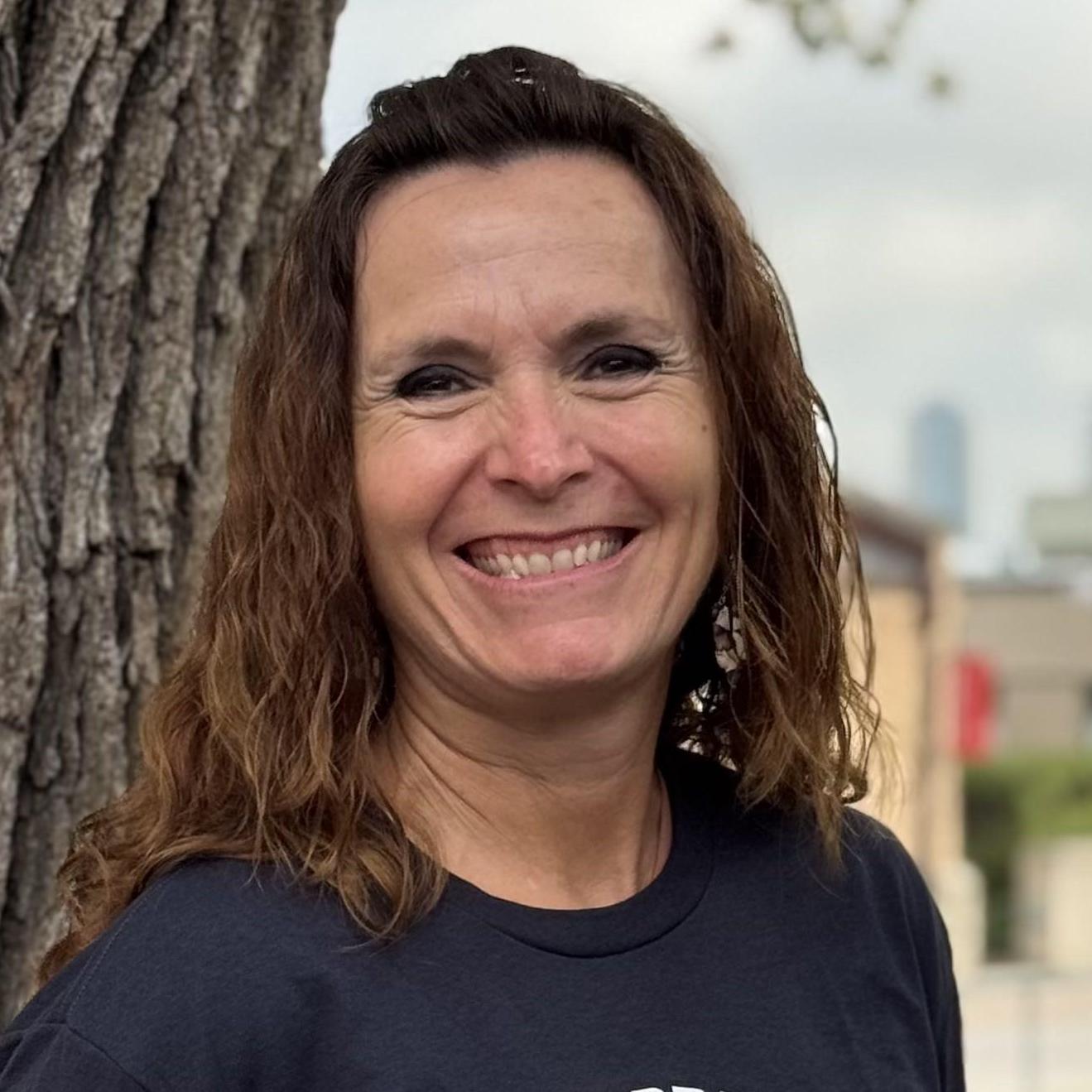Suzanne Milford
Hello! I’m currently in my twelfth year as a Science teacher at the Texas School for the Deaf. Born and raised in Arizona, I spent 19 years employed at the Arizona State Schools for the Deaf and the Blind. After working in various professions in Arizona, I transitioned into teaching High School Science, a role I’ve embraced for the past 13 years. Throughout this time, I’ve had the privilege of teaching subjects such as Chemistry, Physical Science, Biology, Earth Science, and Math. I hold a Bachelor's degree in Biology from Gallaudet University and a Master of Science in Deaf Education from Idaho State University.
Outside of teaching, I enjoy a variety of activities, including hiking, camping, traveling, and dog sitting. I also love engaging in creative arts and crafts, with a focus on acrylic painting and jewelry making. I’m passionate about pickleball and play weekly. Above all, I cherish the time spent with my family, my husband, and our two teenagers.
The importance of students enrolling in mandatory science courses during their high school years cannot be overstated. Science is essential for understanding the complexities of our world and equips students with the knowledge to make informed decisions.
I’m excited to get to know both parents and students throughout the upcoming 2025-2026 school year!
Posts
DIY Lava Lamp!







